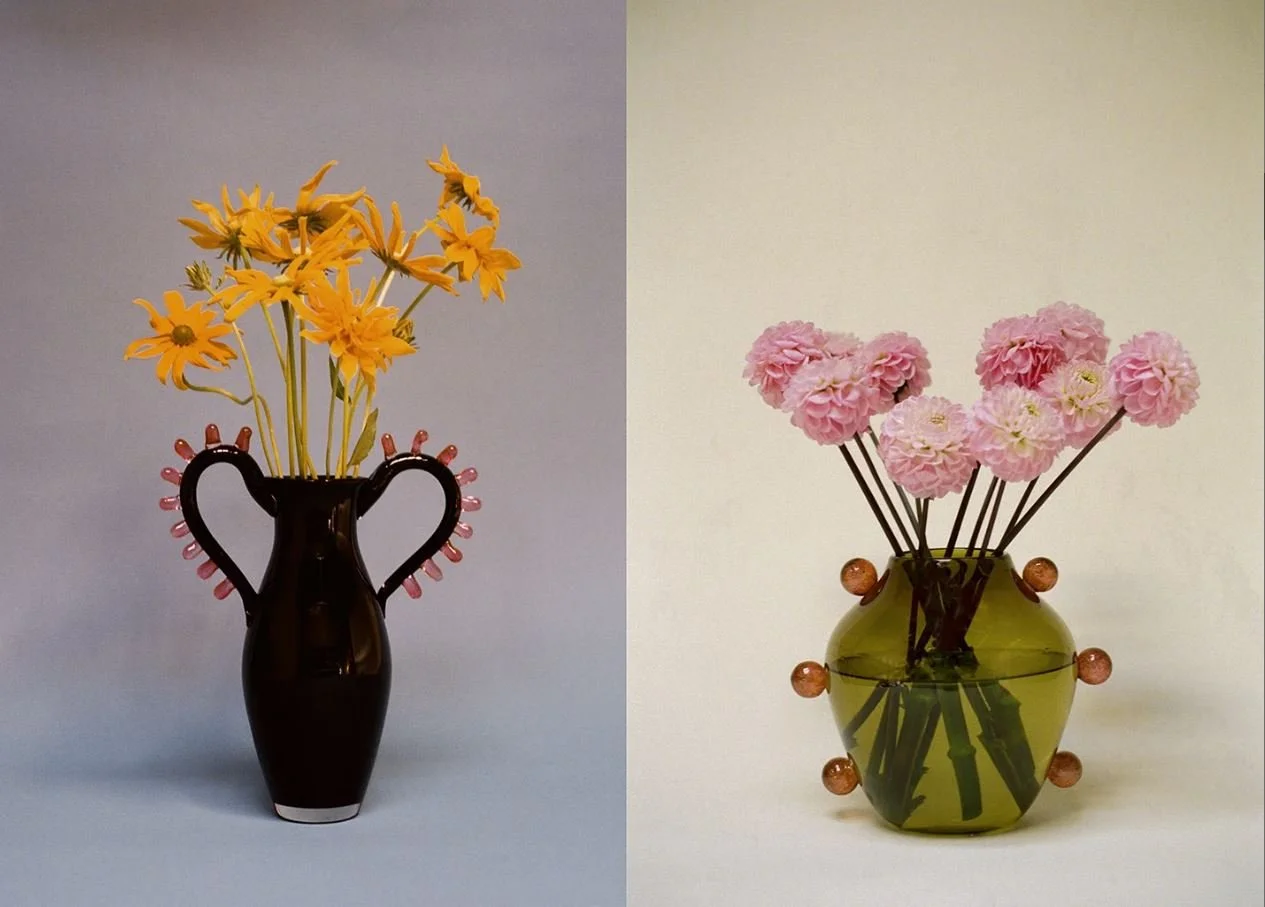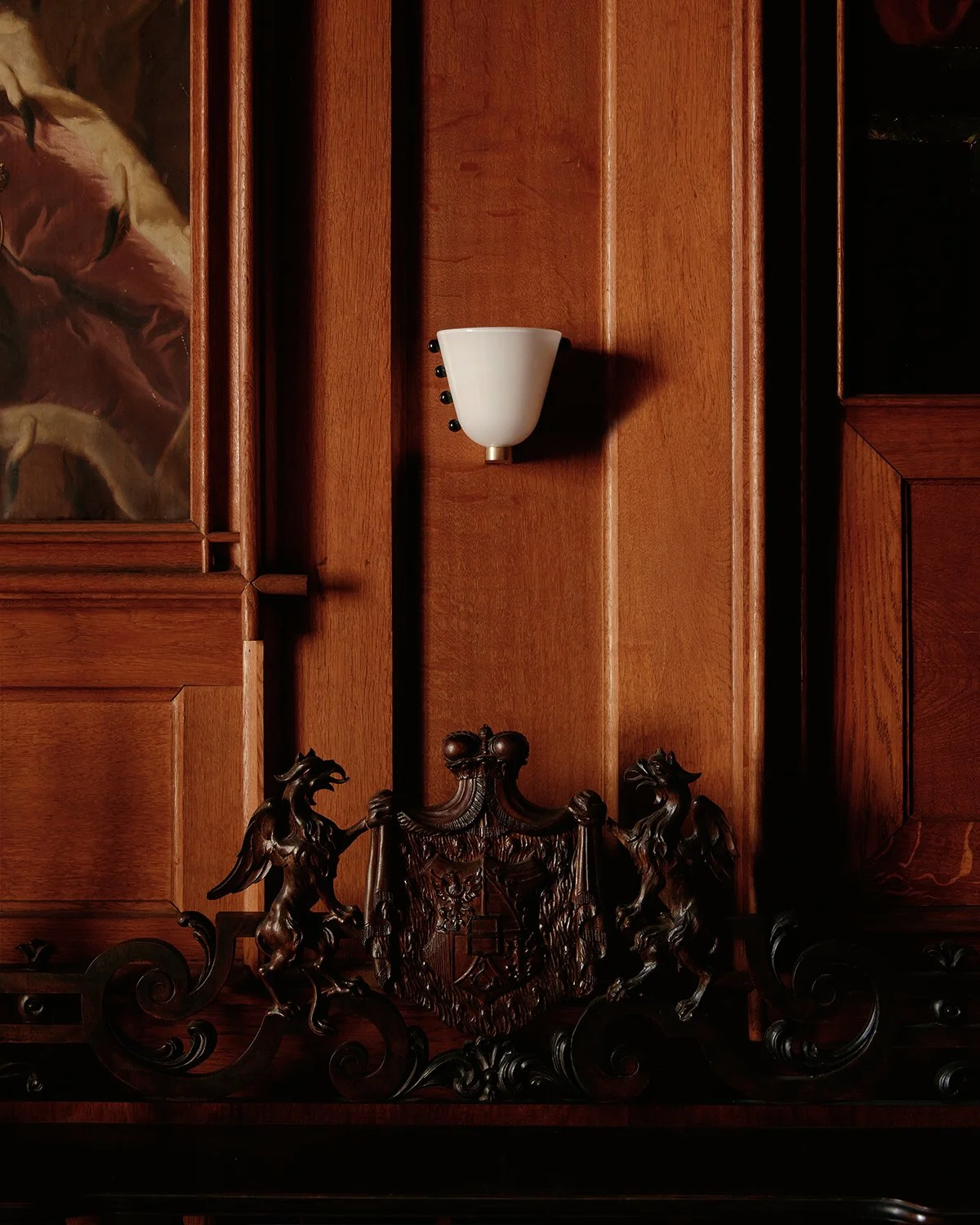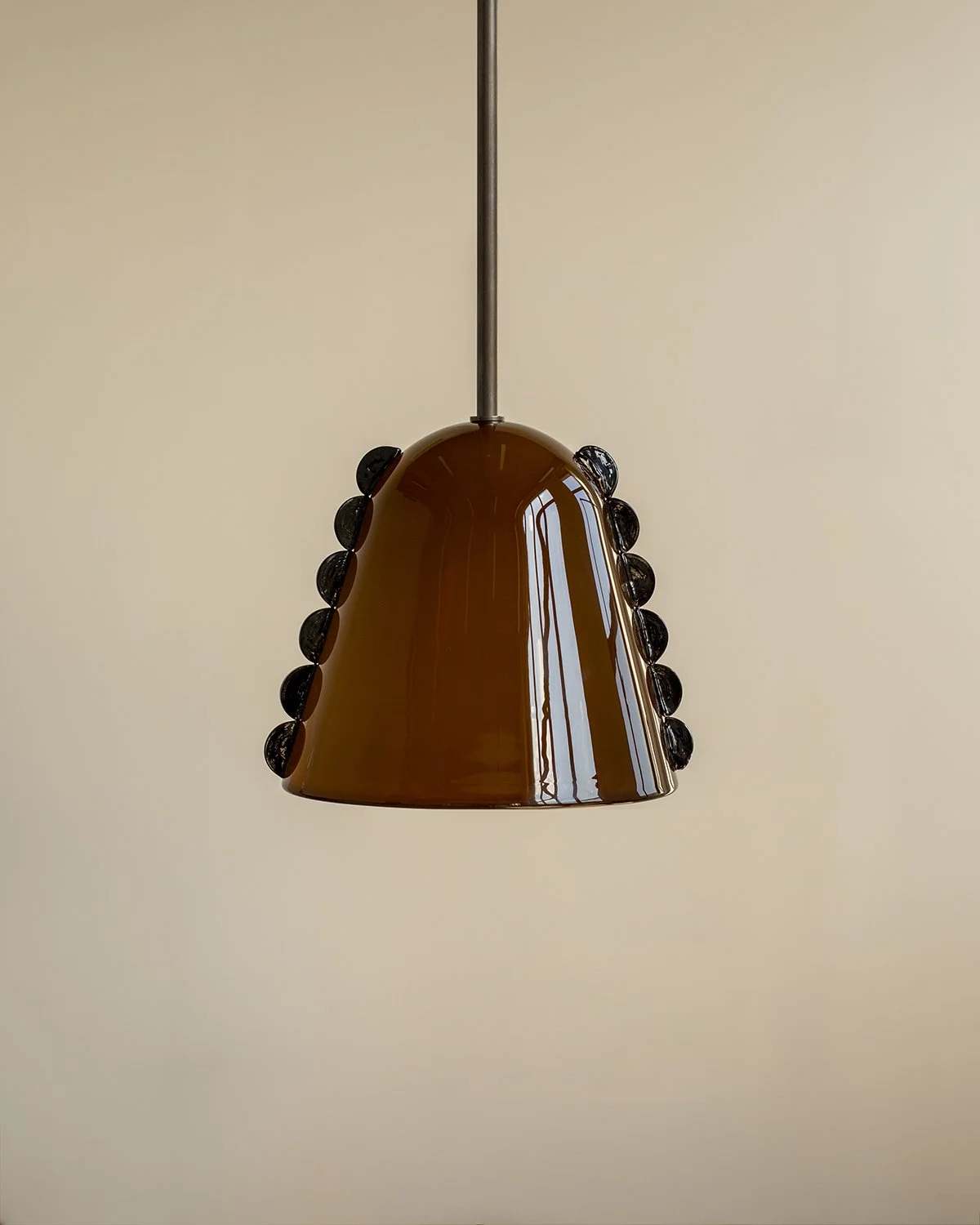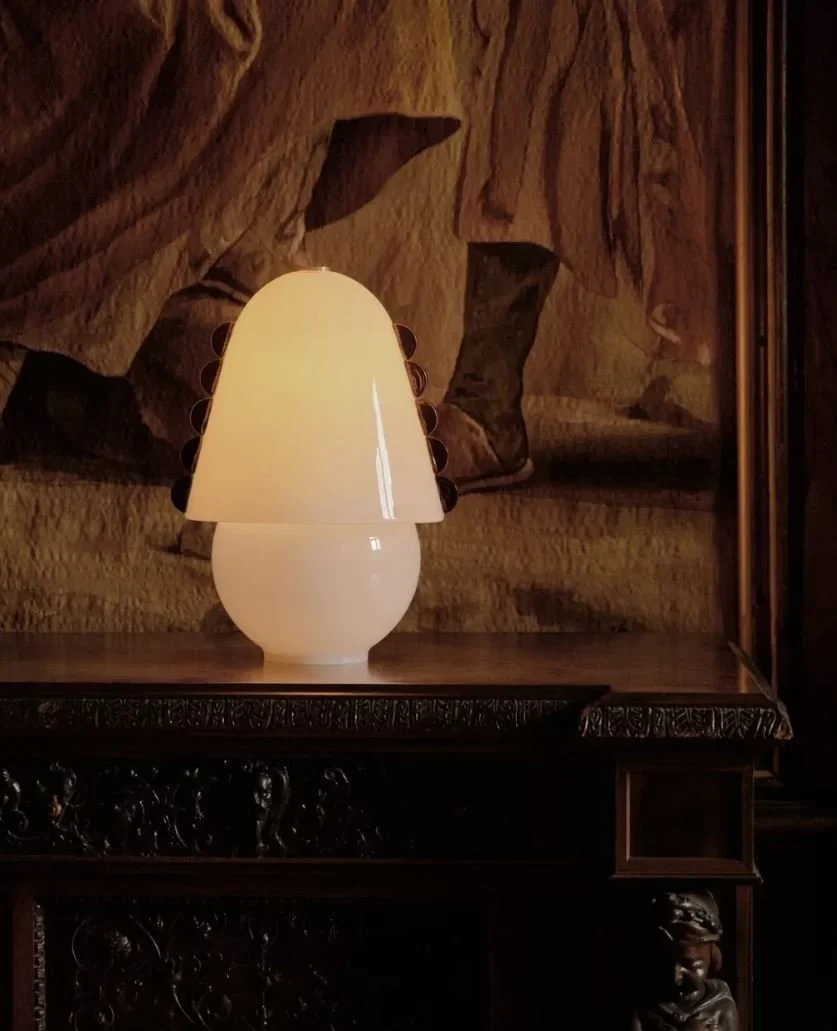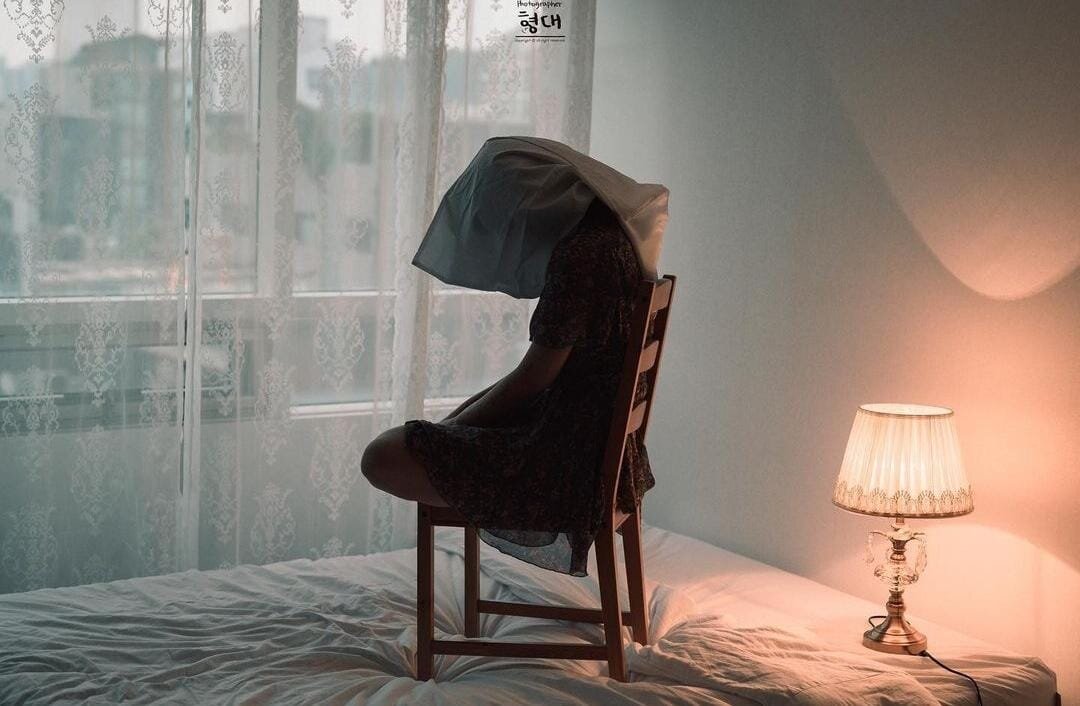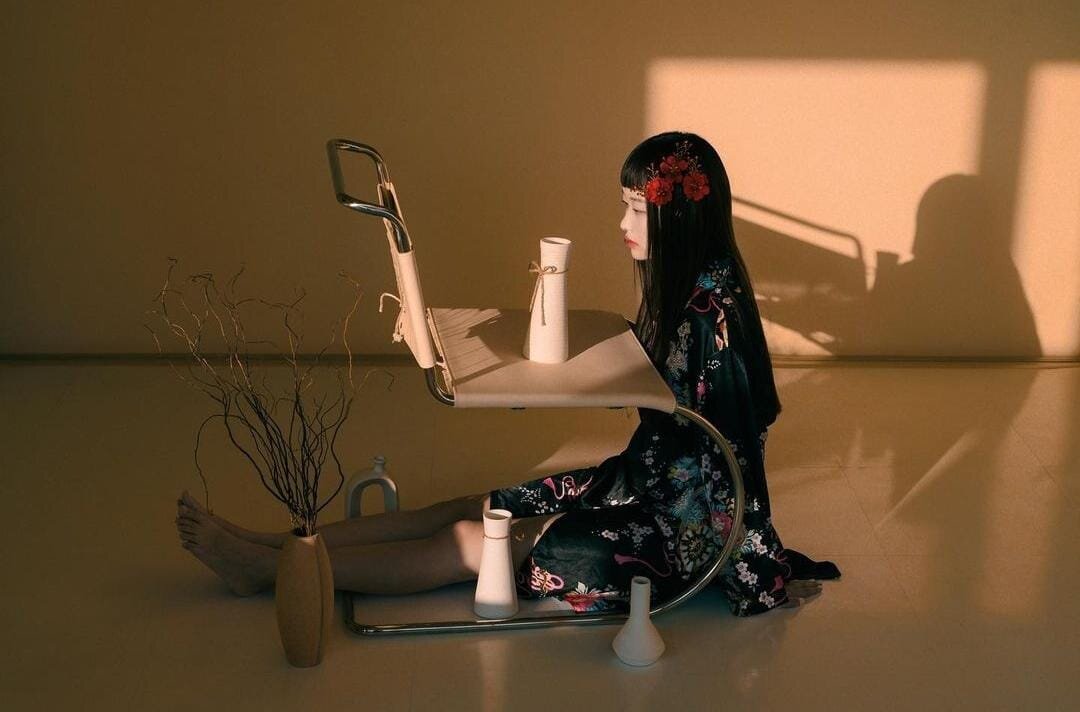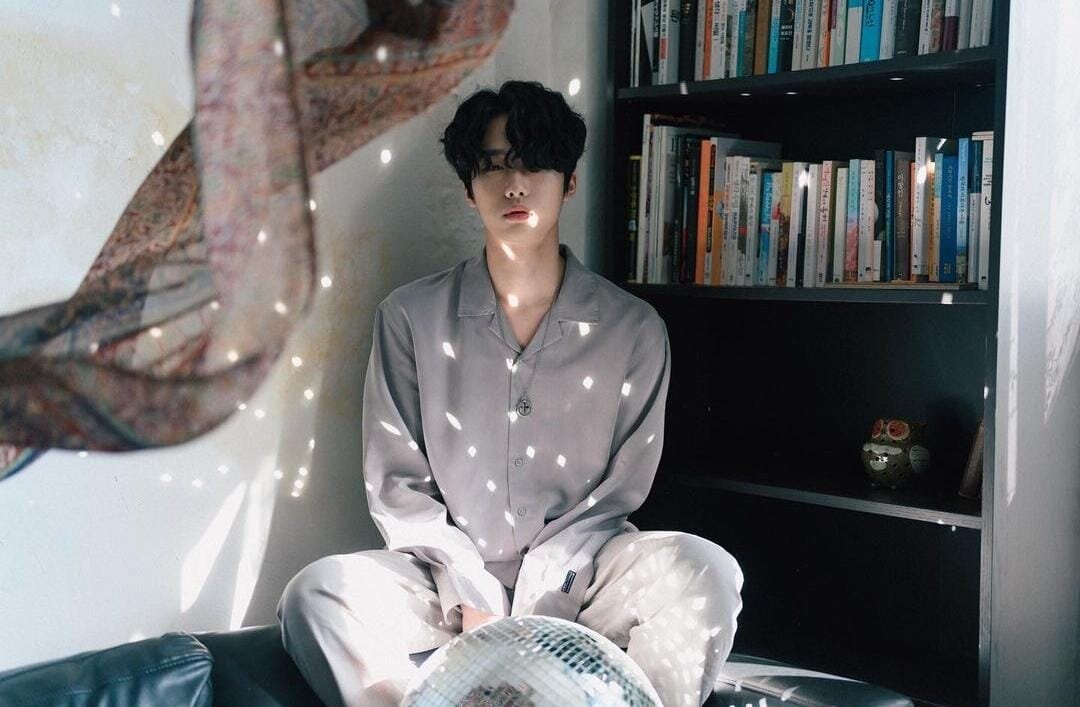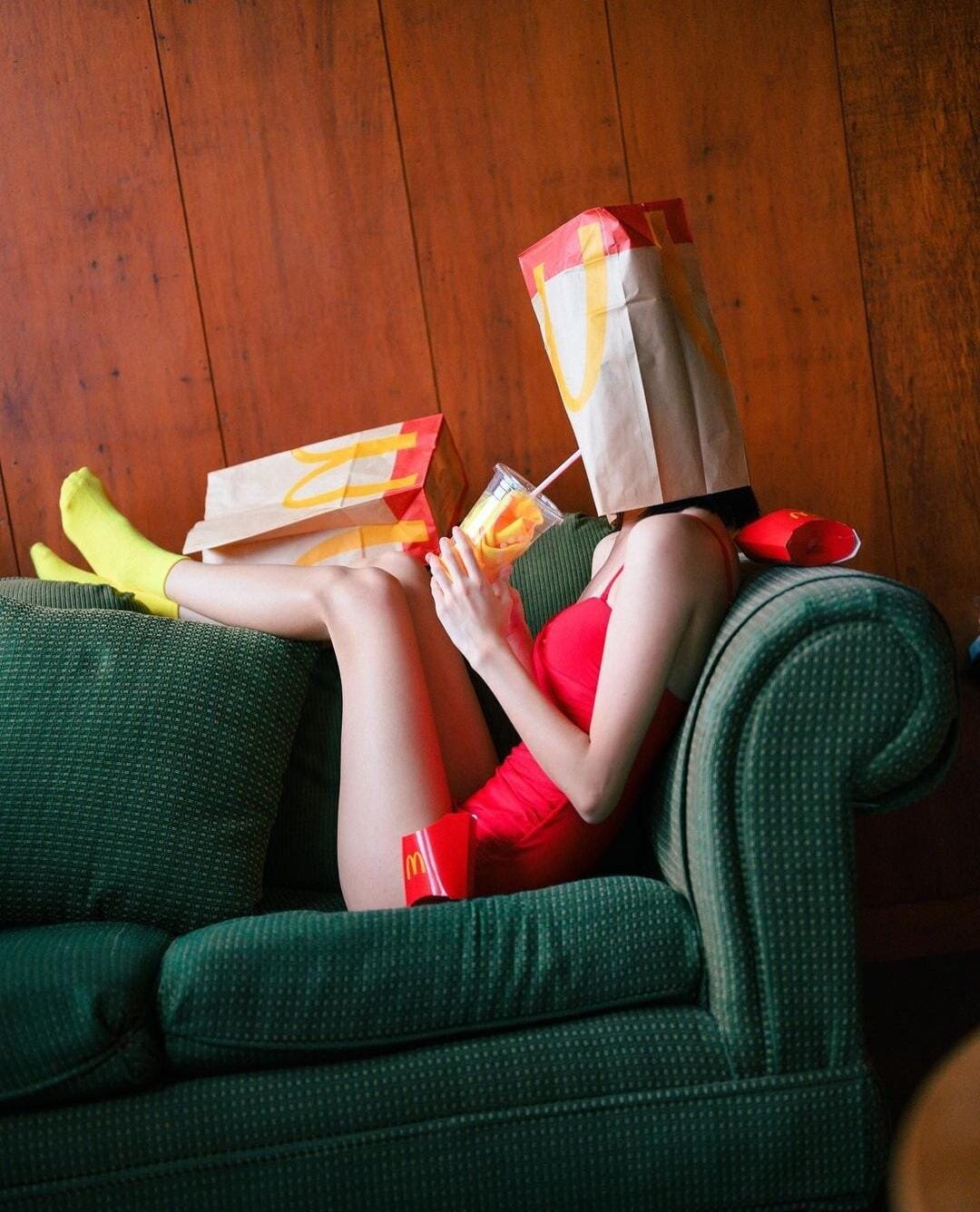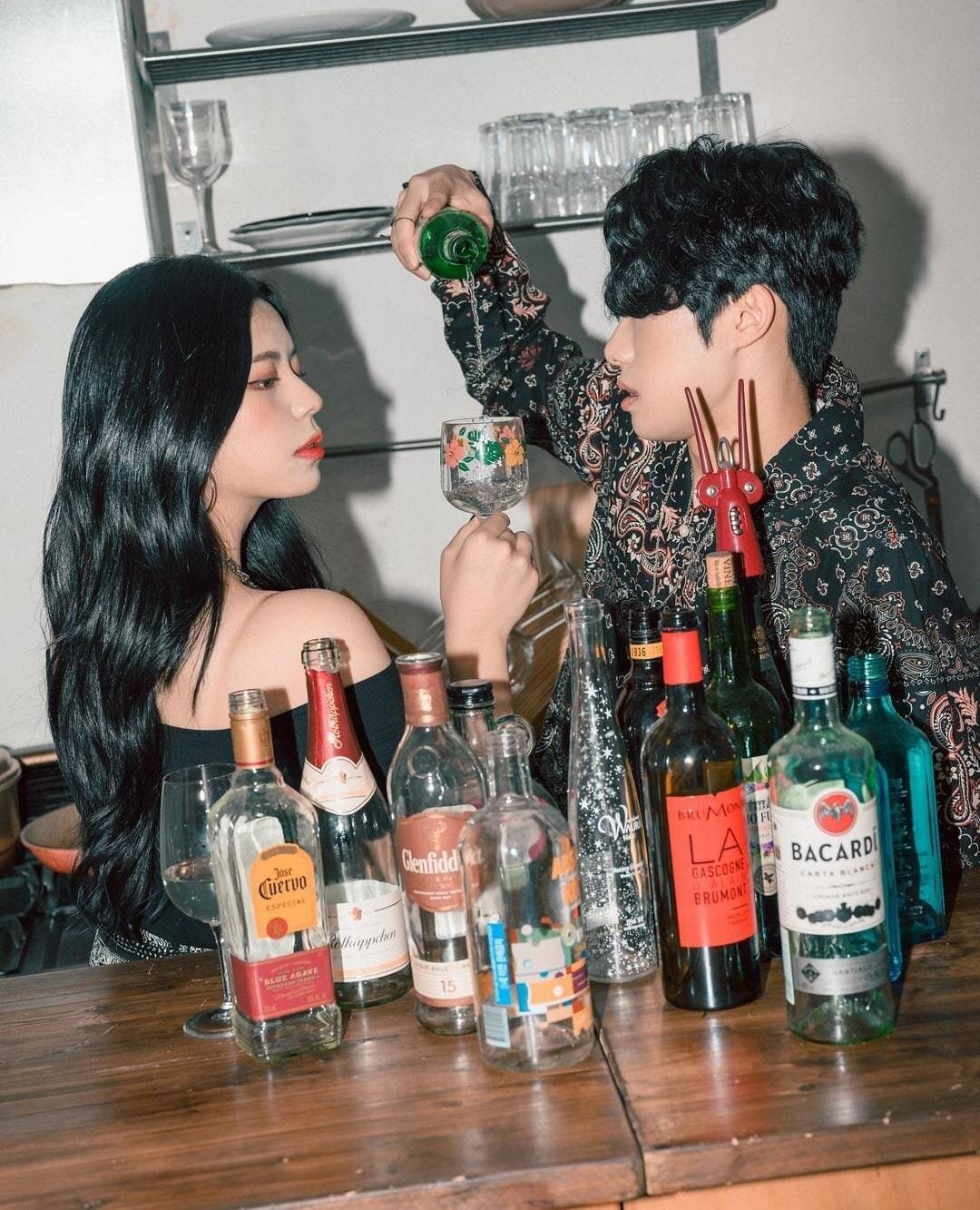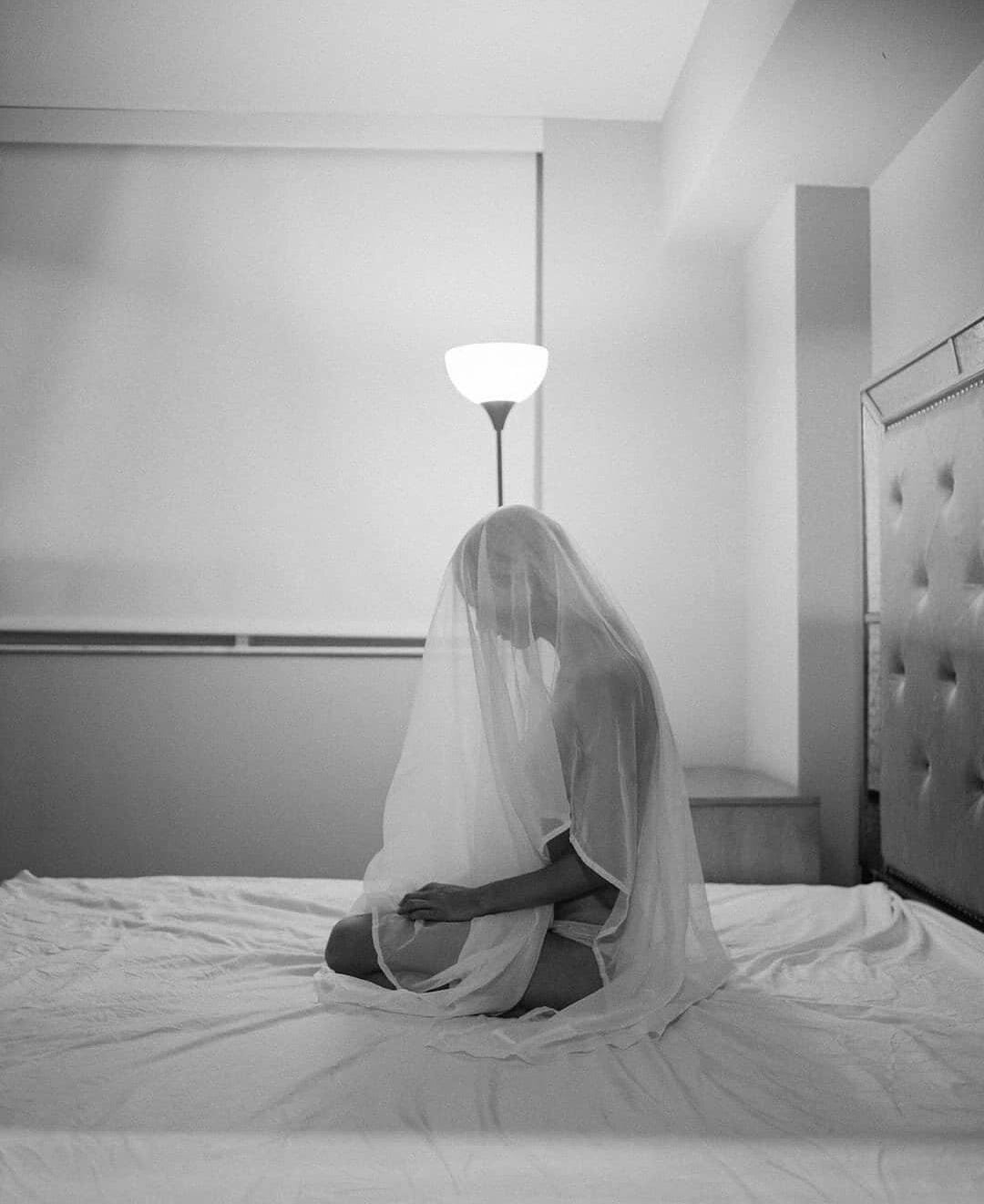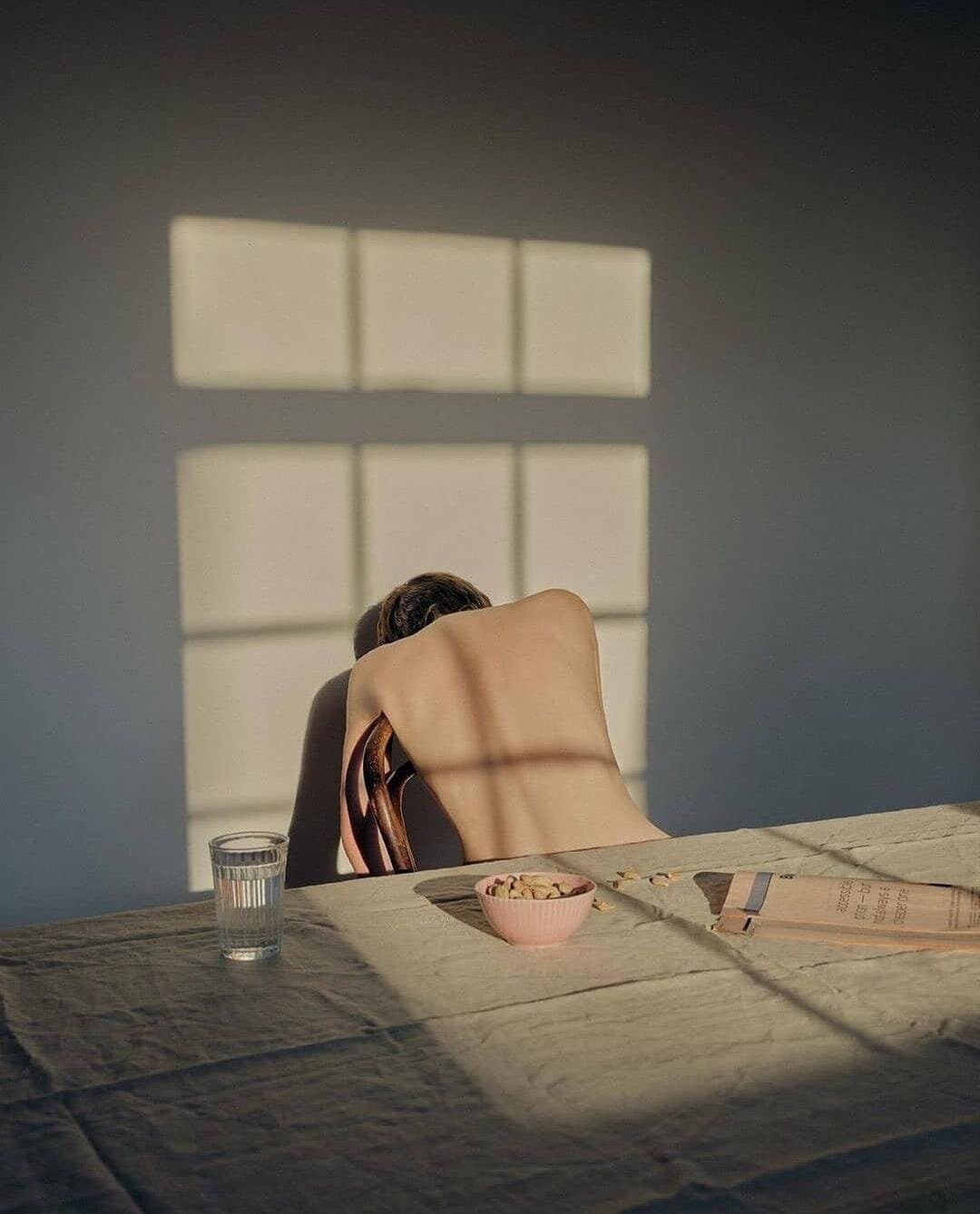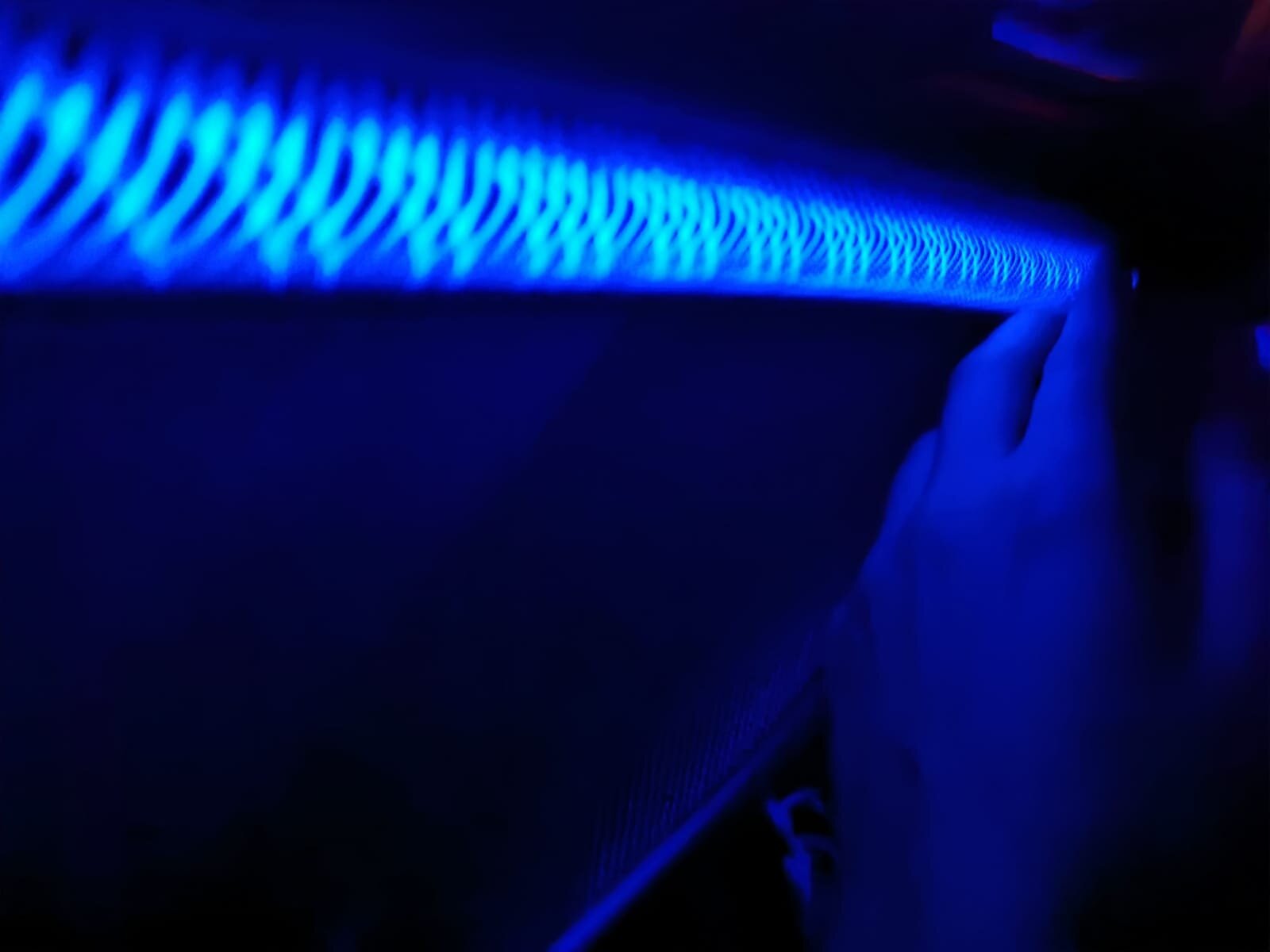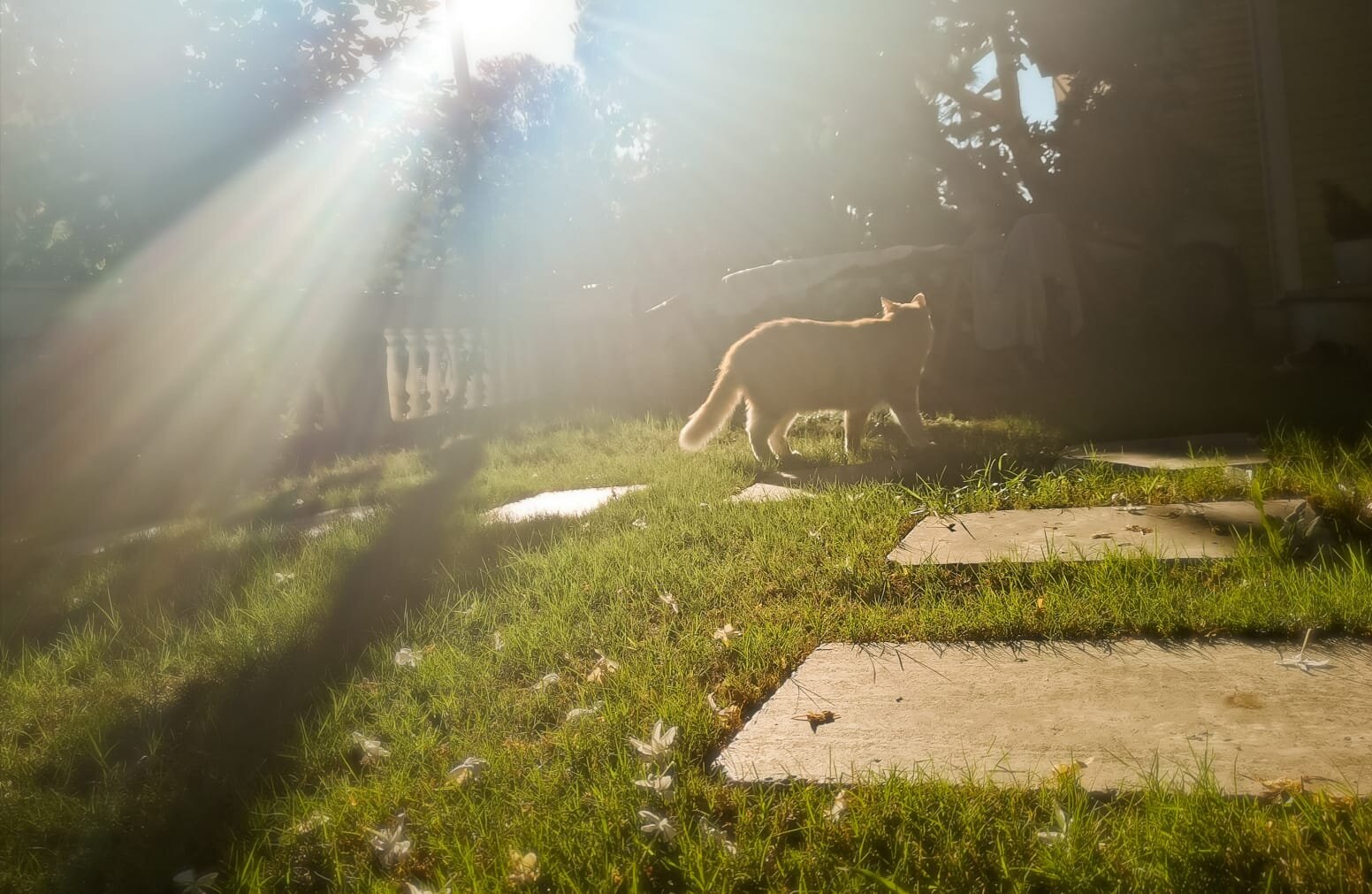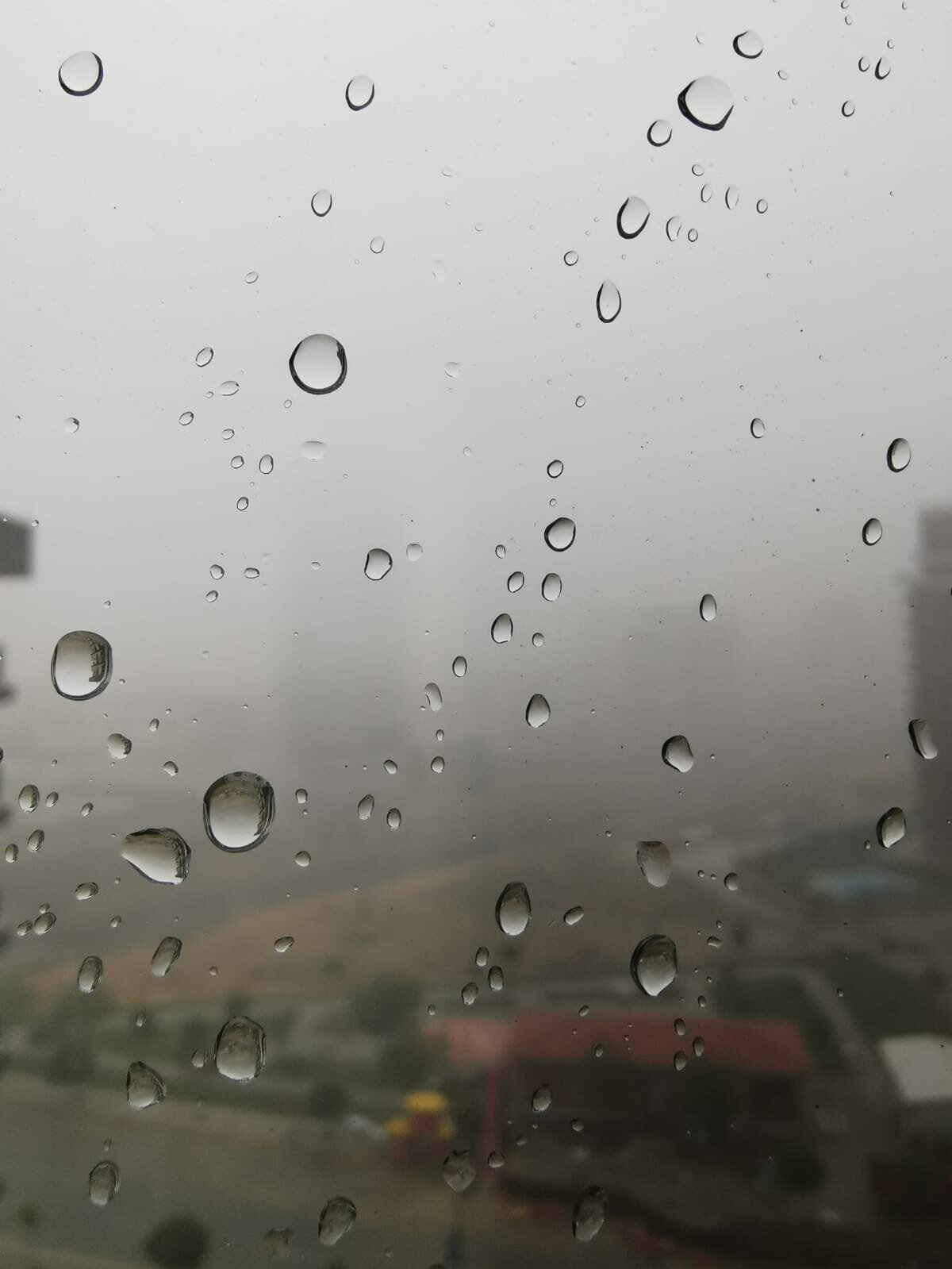From delicate and colorful teapots to practical and beautiful carafes and vases, Sophie Lou Jacobsen has always worked at the intersection of refinement and whimsy. The Brooklyn artist works primarily in glass and attempts to bring care to the small, important rituals of everyday life: drinking juice, cleaning your home, steeping tea, holding plants in a vase. Jacobsen’s work is accessible and useful, without being utilitarian – each work is unique and delightful.
image via
image via
In the wake of several dark years during COVID-19, Sophie Lou Jacobsen asks questions about light, growth, and joy. Her work is an investigation into the physical properties of joy, the optimism inherent in inanimate objects. Her beautiful turning forms, with playful orbs and winding tubes, are reminiscent of a garden in springtime. It is apparent that Jacobsen is researching what it means to flourish, and if that flourishing is not a result of some great change, but of the beauty and sanctity of small rituals. The vessels that Jacobsen creates are, at their core, simply vessels. They are for holding, drinking, and pouring, but in their careful construction, they serve to introduce intentionality into habitual action.
Though Sophie Lou Jacobsen is known for her bright and whimsical works, this past September she collaborated with Brooklyn design studio In Common With. The result was a breathtaking collection of glassware in a form that is much darker than Jacobsen’s usual work. The sconces and lamps have the trademark form of a Sophie Lou Jacobsen, but feel much more refined – as if the Italian renaissance took place in modern day Brooklyn. The shape and feel of this collection echo themes of growth and joy, but are conspicuously devoid of the signature Sophie Lou Jacobsen feeling, that sense of light.
image via
The collection is seemingly atypical, compared to her other work, until one considers the object itself. With Jacobsen, the object is always just an object, not something to project art and metaphor onto, but something that, by virtue of being itself, is already full of meaning. Jacobsen has moved from vessels for water, to vessels for lights in her current collection. By bringing an aspect of intentionality to an act as usual as turning on a light, Sophie Lou Jacobsen gives us the last piece of the puzzle. In this collection she is providing us with themes of choice, optimism, and warmth. She is asking us to be conscious in our choices, to make our homes beautiful and bright, to aid ourselves in our own growth, and to want to turn on the light.
Featured image via

